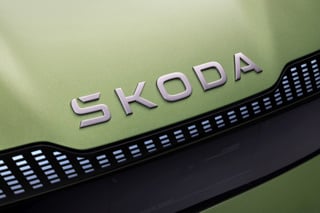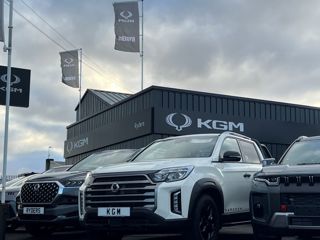By Jay Nagley, of Redspy Automotive
There is so much talk about brands that it was inevitable that someone would try and put a brand value on all the world’s major corporations.
Interbrand, a brand consultancy, claims to have done that with an exact valuation for 100 top brands, from Coca Cola to Gap, the clothing store.
Its official explanation of how it did this is pure double speak.
In simple English, it calculated the added value of the brand over the valuation the company would have if it had no generally recognised brand
It gave amazingly precise figures, but one look at the car company valuations will raise a chuckle from any industry insider.
Mercedes ($30 billion) and BMW ($29bn) are valued almost the same, but Audi, which has pretty identical sales, profits and brand perception is valued at $7.2bn – less than Hyundai. Audi’s parent brand, VW, is valued at $9.2bn).
So Interbrand says the combined brand value of VW and Audi is less than that of Honda ($17.3bn).
The most remarkable valuation is Ferrari, whose brand value is reckoned at $3.8bn (£2.4bn).
We don’t need to speculate Ferrari’s worth, because virtually every financial analyst has run their slide rule over the company in case Fiat needs to raise cash.
According to Bloomberg in 2011, the average valuation of Ferrari was £2.5bn. If the brand value is that high, all Ferrari’s tangible assets – factories, R&D, racing department – are worth £100 million.
We can’t help feeling that anyone offering £100m for that lot would get a two-word answer ending in “off”.
So how can you value a brand?
The simplest method is to say how much more any given brand can charge compared to a lesser brand.
For what it is worth, here is our table of brand values of the major manufacturers.
We have calculated the extra money the car company can charge compared to a new manufacturer with no recognised brand, multiplied by the number of cars sold.
As an aside, it does not show that brands are unimportant – quite the reverse. It is a scary thought for an unknown Asian carmaker that it needs to ship its product across the world and price £3,000 below native European manufacturers to make progress.
Whatever savings are available from cheap labour, they do not add up to anything like £3,000 – just ask Proton or Perodua.
It might seem unfair that the big manufacturers seem to be flattered by sales volumes being taken into account, so the Ford brand is as valuable as BMW.
Clearly, a BMW badge is worth more on the bonnet than a Ford one.
However, a brand is valuable for what it can achieve in financial terms.
The BMW badge gets more profit per car, but the Ford badge can sell more cars.
In the USA, Ford is getting close to 10% profit margin, which is almost the same as BMW, so the overall profitability of the two companies (at least outside Europe) is not that different – BMW is making about £6bn a year and Ford made £5.2bn in North America (but a £1.1bn loss in Europe) in 2012.
In any case, you can use the table to plug in your own values: for example you could give VW a higher brand premium per car than Toyota (true in Europe, less so in the USA), and see what happens.
We reckon the methodology is approximately right, even if the precise values are subject to debate.
That is a lot better than being exactly wrong.


















Login to comment
Comments
No comments have been made yet.